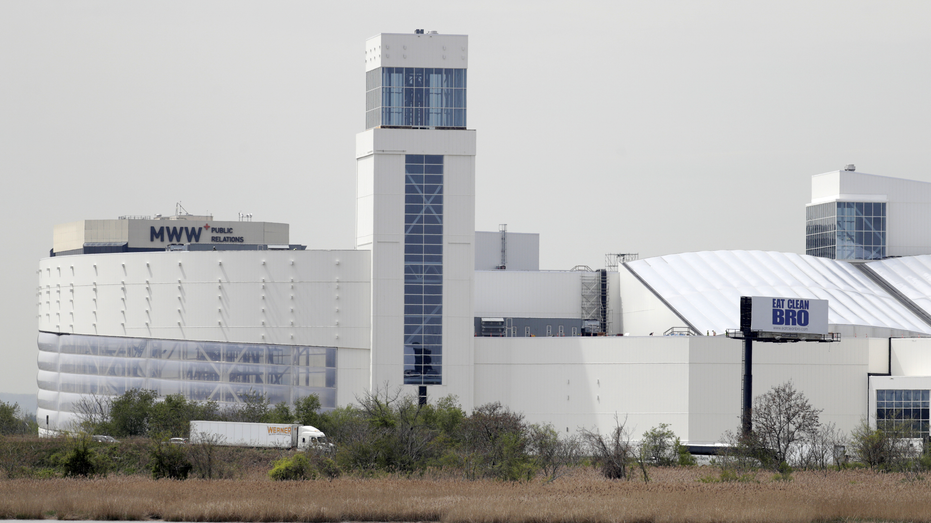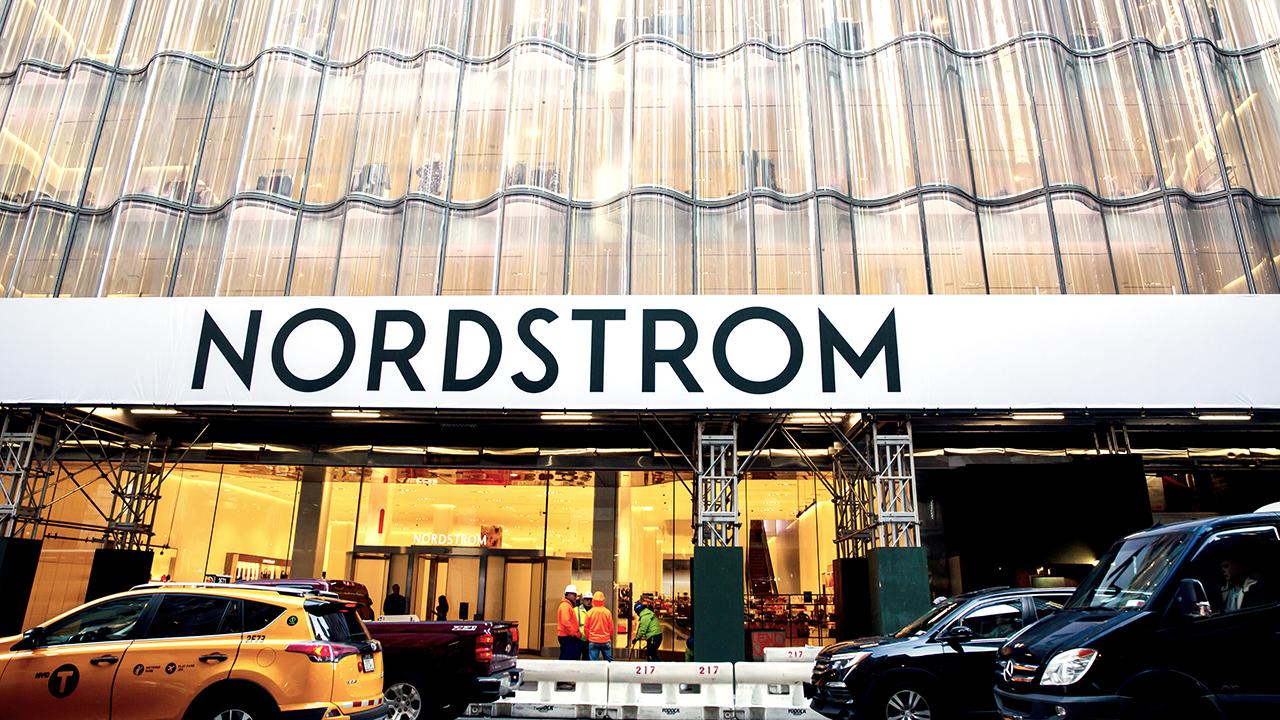'American Dream' mall's opening looks doomed by retail apocalypse
EAST RUTHERFORD, N.J. (AP) — More than two decades ago when a mega entertainment and shopping complex was being conceived on a vast swath of swamp land in New Jersey, the iPhone didn't exist, Amazon was only selling books online and malls were where you went for all your shopping needs.
Now, after endless fits and starts and billions of dollars spent, American Dream is officially opening its doors to the public as the second largest mall in the country, and third largest in North America. It will showcase 3 million square feet of leasable space dedicated to more than a dozen entertainment attractions like a 16-story indoor ski slope, rollercoaster, waterpark and eventually 450 retail, food and specialty shops.
The big question is: Who will come?
In today's retail landscape, consumers are glued to their iPhones and smartphones, where they can do their shopping without ever leaving their couch. Amazon has morphed into the biggest online retailer in the world. And overall traffic at malls, which had been on the rise in the late 1990s, has declined 10% since, according to Coresight Research.
A report from Credit Suisse published two years ago predicted that up to a quarter of the shopping malls will close by 2022 given the increasing popularity of online shopping and a rash of store closings. Since 2015, only nine malls have been built, a dramatic fall from their peak construction in 1973 of 43, according to CoStar Group, a real estate research firm.

In this April 25, 2019, file photo workers labor atop lifts on the side of a building construction of an indoor waterpark at the site of the American Dream mall in East Rutherford as seen from Carlstadt, N.J. Now, after endless fits and starts and bi ((AP Photo/Julio Cortez, File) / Associated Press)
Amid that new reality, American Dream is looking to draw 40 million visitors in its first year, with entertainment accounting for more than half of its space. Attractions include a bunny field and an aviary. There will also be such amenities as a doggy day care and a luxury wing, where shoppers can sip champagne and sample caviar as they wait to have their designer handbags wrapped. Two hotels with a total of 3,500 rooms are being planned next to the complex.
"You can make it your backyard playground if you live in Manhattan or even if you're in New Jersey," said Ken Downing, chief creative officer for Triple Five Group, the mall's developer. "It's a staycation. So, it's a little bit of competing with mindset and emotion, far more than a property or even Disneyland."
Downing says American Dream was designed to adapt to different events and trends. A grand court's fountain, for example, can convert into a catwalk for a runway show. The ice rink can be transformed into a concert venue.
Canada-based mall and entertainment conglomerate Triple Five in 2011 took over the massive project originally dubbed Xanadu from two developers, whose plans included building the world's largest Ferris wheel. The project broke ground in 2004 but it languished during the early years, with its multi-colored, checkerboard exterior — since removed — drawing derision, including from then-New Jersey Gov. Chris Christie who called it "an offense to the eyes" and "the ugliest damn building in New Jersey and maybe America."
The project was suspended in 2009 during the financial crisis after a Lehmann Bros. affiliate failed to fund its share of the construction. Creditors seized the project in 2010, and Triple Five came on board a year later, renaming it American Dream.
Triple Five reimagined American Dream as a community hub for tourists and locals, taking a page from two other malls it had developed, West Edmonton Mall in Alberta, Canada and Mall of America in Bloomington, Minnesota — the two largest malls in North America. Entertainment was a big selling point for both, accounting for 20% of the West Edmonton Mall's space and 30% of Mall of America's. That compares with the 6% average for U.S. malls, according to CoStar.
American Dream has its fair share of skeptics who wonder about its chances of success, especially given its proximity to New York City less than 10 miles away.

This April 25, 2019 file photo, shows the exterior view of the construction site of the American Dream mall in East Rutherford, N.J. Now, after endless fits and starts and billions of dollars later, American Dream is officially opening its doors to t ((AP Photo/Julio Cortez, File) / Associated Press)
"This development will either sink or swim," said Jason Goldberg, chief commerce strategy officer of Publicis Communications. "It's going to be tough to get a lot of attention when you are next to a much bigger amusement park — Manhattan."
Goldberg believes the complex could work if the amusement park entices enough families in New Jersey to get into their cars and drive out there. But he's not sure about how stores will fare since many of the tenants like Zara and Uniqlo can be found elsewhere. Another thorny situation: The mall will abide by the blue laws, meaning retail will be closed Sundays even though the restaurants and theme parks will be open, says James Cassella, the East Rutherford, N.J. mayor.
Still, there's reason for hope. While vacancy rates on average at the nation's malls are currently at 4%, top malls have been the industry's bright spot, boasting strong traffic and currently averaging a 2% vacancy rate, says CoStar. That's compared with the bottom rung of malls, which are wrestling with a 7% average vacancy rate.
David Smiley, assistant director of urban design at Columbia University, predicts American Dream "will do quite well."
"There's a lot of uncertainty in the retail world," Smiley said. "But American Dream is unusual. It is not a typical mall."




















